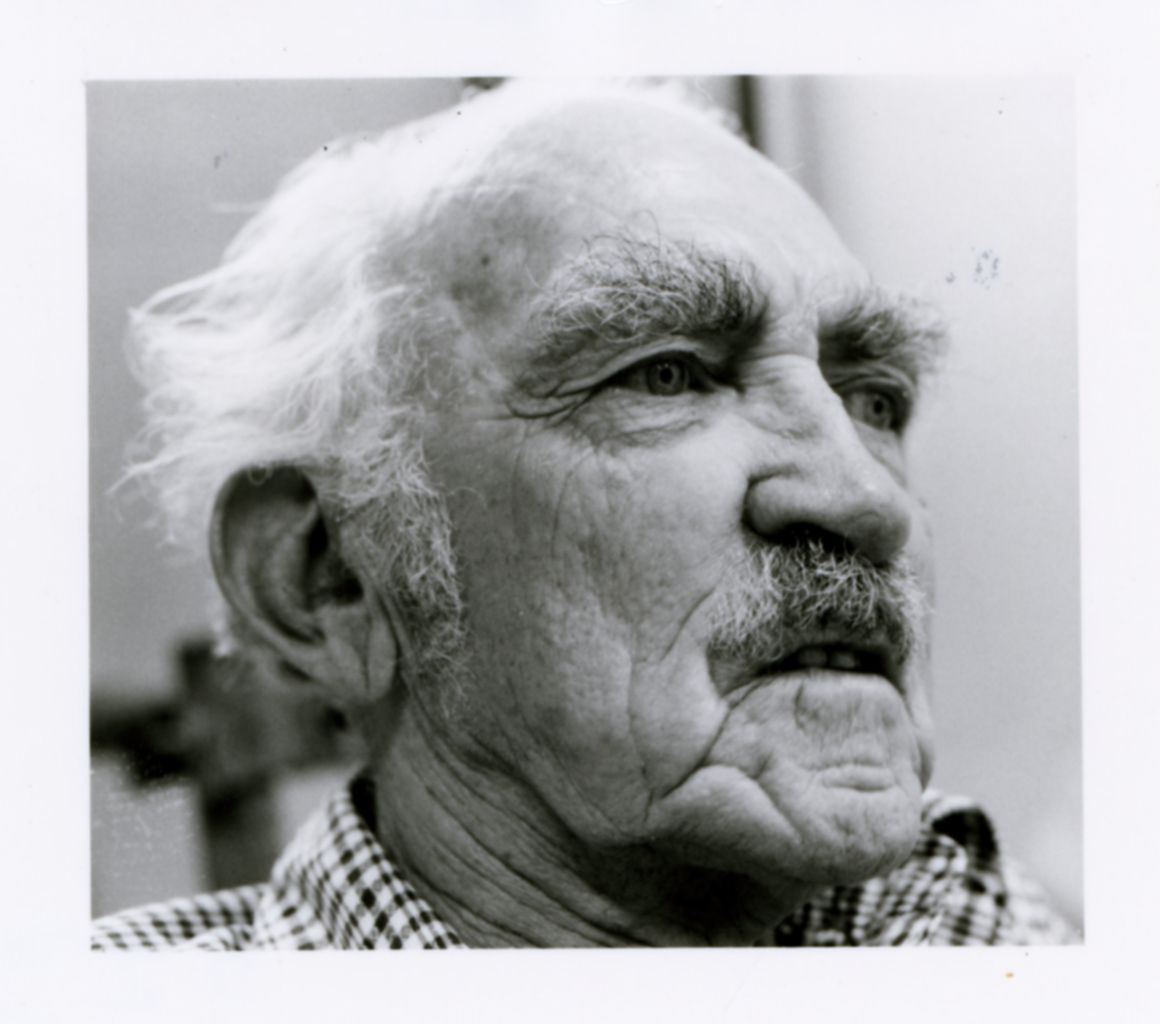Herbert was born on 15 May 1901 at Geraldton, Western Australia, to Amy Victoria Scammell, and as believed, Benjamin Francis Herbert, a Welsh-born engine driver. As indicated by his biographer, his ‘illegitimate’ birth was a major source for Herbert’s work. His parents had three more children before marrying in 1917.
Herbert had a varied working life; as a profession he had a sporadic career as a pharmacist, qualifying with studies at Perth Technical College, and some studies in medicine at the University of Melbourne. Around 1925 he experimented in a writing career with the publications of short stories. He became an adventurer. In 1927 he travelled to the Northern Territory to work as a drover, railway fettler, pearl diver and pharmacist. From 1930 to 1932 Herbert lived in London, partnered up with Sarah (`Sadie’) Cohen, née Norden (1899-1979), and wrote his famous novel, Capricornia. The book was a fictional account of life in a place modelled on his Northern Territory experiences, and describes the inter-racial relationships and abuses of the early twentieth century. He then worked back in Sydney as a garage attendant, then at Darwin as a pharmacist, superintendent of the Aboriginal Compound, organiser for the North Australian Workers’ Union and miner. In 1938 novel Capricornia is published by Publicist Publishing Co., winning the Commonwealth sesquicentenary literary competition and the Australian Literary Society’s gold medal for 1939. During the early 1940s , through his publisher William Miles and his editor Percy Stephensen, Herbert became involved with the radical nationalist Australia-First Movement. It was a pro-monarchical, pro-fascist, pro-Aboriginal, anti-British, anti-communist and anti-Semitic movement. Unlike Stephenson who was interned (Miles had died in January 1942), Herbert served in the Australian Imperial Force from May 1942 to August 1944.
In 1951 Herbert and Sadie settled at Redlynch, near Cairns. During the 1950s Herbert was able to survive on several Commonwealth Literary Fund fellowships and in 1959 published Seven Emus. In 1961 his next novel, Soldiers’ Women, followed. The earlier book was a satirical critique of the anthropological exploration and exploitation of Aboriginal sacred sites in northern Australia. The latter book expounded a highly idiosyncratic theory of sexuality. In 1963 Herbert published Disturbing Element, an autobiography of his youth, and then he produced his major work, Poor Fellow My Country in 1975. The novel was an extension of Capricornia into the time-period 1936 to 1942, and famously decries Australia as a land `Despoiled by White Bullies, Thieves, and Hypocrites’. For this major work, Herbert won the Miles Franklin literary award for 1975, and the universities of Queensland and Newcastle each conferred on him an honorary D.Litt. the following year.
See Xavier Herbert on Scatterplot Matrix.
Reference
Russell McDougall, 'Herbert, Albert Francis Xavier (1901–1984)', Australian Dictionary of Biography, National Centre of Biography, Australian National University, http://adb.anu.edu.au/biography/herbert-albert-francis-xavier-12623/text22741, published in hardcopy 2007, accessed online 23 September 2014.


